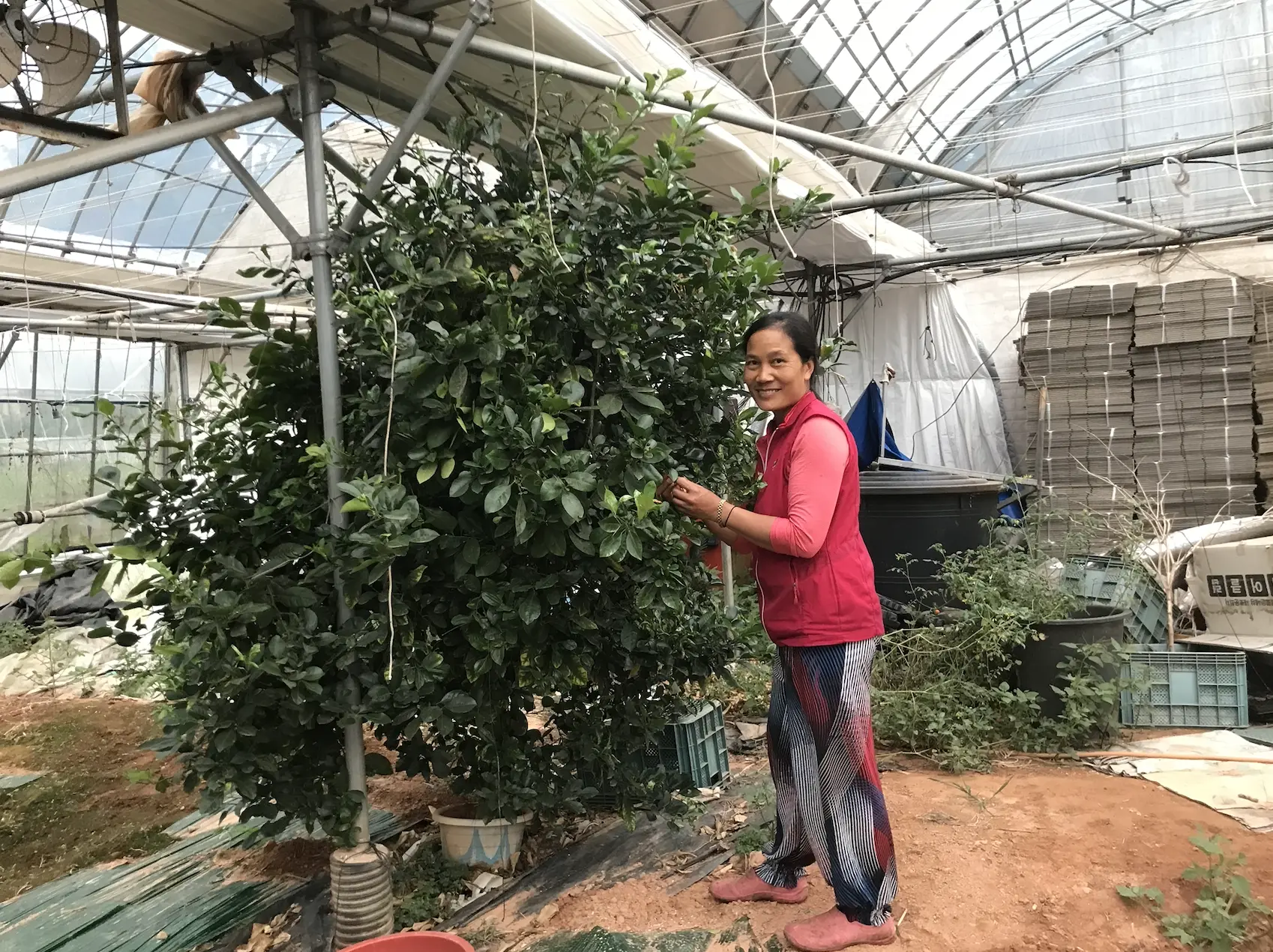
Seventy-seven years after the division of Korea in 1945 following World War II, the democratic world still relies upon South Korea to balance Russia, China, and North Korea. Politically, economically, strategically, and culturally, the comparatively little country has risen to the challenge of its fated position.
But: South Koreans are not reproducing. In 2020, the South Korean birth rate fell below its death rate for the first time, reawakening predictions of obsolescence that prompted $166 billion in government expenditures to encourage childbearing in 2006. The South Korean government estimates that its working population (aged 15 through 64) will decline by 35% over the next 30 years.
Jia H. Jung follows underreported and previously displaced and shunned groups of new Koreans who are now welcome in a country in need of people to populate its society. Such groups include and are not limited to "gyopos" (people of Korean ethnicity born outside of Korea), orphans and mixed race babies sent overseas for decades as adoptees, and elderly Koreans once forcibly exiled by the Japanese Empire and seeking to repatriate. And some are immigrants who are not ethnically Korean at all, who often marry Koreans and raise families.
Whether inspired by organic forces or government policies, these migrations and “reverse immigrations” to Korea are shifting the ethnic and cultural profile of a country whose identity was formerly predicated upon homogeneity.
What does it mean to be Korean in this social climate? And could redefinition be Korea's antidote to the irony of extinction amidst unprecedented global popularity and renown?
The first story for this series is a short documentary film for Eastern Standard Times Media—a glimpse into the lives of Filipino-Korean families in Ttangkkeut (“End of the Earth”), a farming village in which more than half of the 5,906 residents are of Filipino ancestry.




